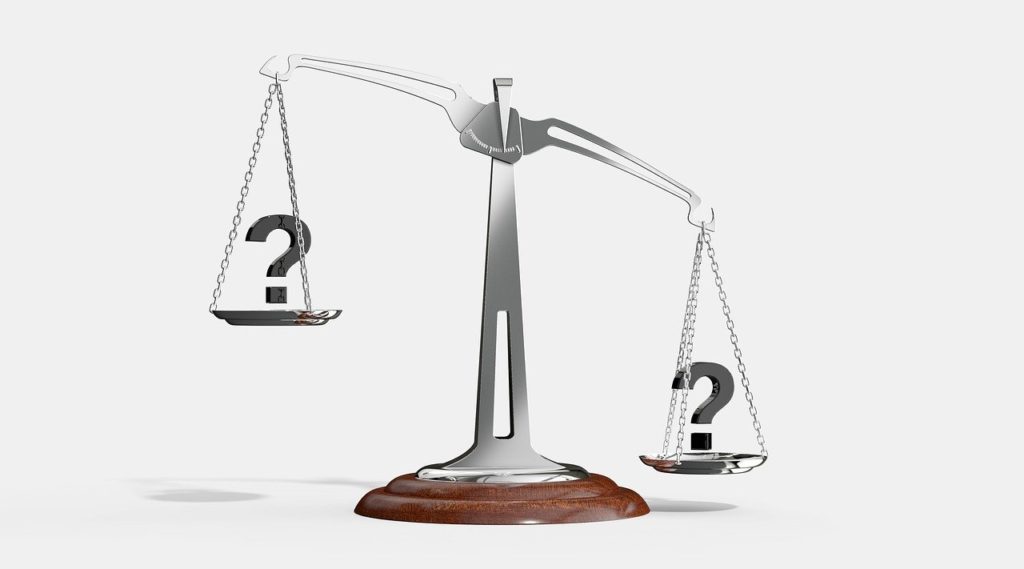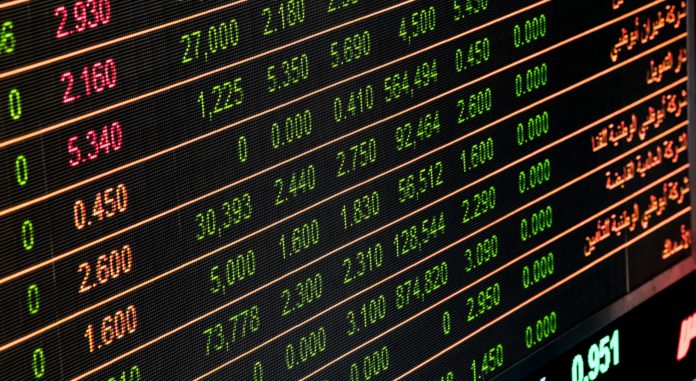Please note that we are not certified financial advisors, and this article does not constitute any financial advice.
Do you want to know how wealthy people stay wealthy?
They invest in income-producing assets that earn above-inflation returns.
But we’re getting ahead of ourselves.
The better question is how to generate enough wealth so that you will be better off tomorrow than today.
The answer?
Again, investment.
It’s easy to say but hard to do, and that’s why we’re here to simplify things for you.
Let’s first differentiate between being rich and being wealthy since these words mean similar yet different things.
Being rich means possessing a lot of material goods to give others the impression that you’ve made it in life. This means that a rich person could also be highly indebted. Note that we are not saying debt is always bad as long as it’s being properly managed.
Being wealthy, on the other hand, means that you have enough financial resources to live the life you desire. And yes, you can still show off your material wealth like many rich people do if you so choose. The legendary investor Warren Buffett is a great example of a wealthy person who lives frugally rather than lavishly.
As you can guess by now, investing requires that you have extra income sitting somewhere being unproductive. Unfortunately, there are a lot of people in this world who lives paycheck-to-paycheck or even in poverty. This means that the majority of the world’s population will not have the luxury of their money working for them. Our advice for those who falls into these categories is to save every penny possible so that you will eventually have enough money for investment.
We will not be suggesting the specific investment types to invest in because everybody has a different risk profile. Instead, what we will be reviewing is the type of investment approach, namely active vs. passive investing.
It’s also not possible to list all available investment vehicles because there are just too many. This, however, doesn’t make the investment approaches that we’ll be discussing any less valid.
Active Investing

Active investing, as the name suggests, requires constant engagement with your portfolio. It also goes by names such as day trading and range trading, among others.
The primary goal of active investing is to accumulate small profits across multiple transactions by taking advantage of price movements. It requires one to pay attention to other factors like events that change suddenly shift the public’s sentiments. Active traders also have to bear the transaction costs that their trading platform charges, in addition to learning various financial jargon.
A great way to try out active trading is to use a platform that provides real-time simulated trades with zero risk. Keep in mind active investing can be so time-consuming that some people can spend their entire day doing it.
Passive Investing

Passive investing is comparable to a buy-and-hold approach to wealth building. What this means is that one only occasionally makes adjustments to one’s portfolio after setting it up, if at all.
There are many investment vehicles catering specifically to passive investors that require relatively small amounts of money to get started. Passive investors tend to invest in funds of different sorts, like those that track the S&P 500.
Funds, if you don’t already know, usually consist of a basket of financial instruments such as stocks, bonds, and some liquid assets. Finding a firm that offers multiple fund types should be easy since there are so many out there. The difficulty lies in picking the one(s) that will match one’s needs.
Note: please do your own research on a firm’s credibility prior to engaging.
Differences Between Passive and Active Investing

One key difference between the two comes down to the amount of resources one need to spend. Active investing might be right up your alley if you have a higher risk tolerance, even if this involves numerous costs, in order to beat the market. You can imagine how difficult this is since even the majority of professional investment managers fail to do so. One downside of active investing includes having to constantly juggle multiple trades, which can become overwhelming.
Passive investors, on the other hand, will never be able to beat the market because their portfolio mimics the market’s returns. The upside is that they don’t have to spend an enormous amount of resources trying to time the market. It’s also likely that passive investors will be less subjected to the cost of transaction fees due to their infrequent activity. One downside is that passive investors are likely to be slower to adjust their portfolio to unexpected market conditions.
So Which Investment Style is Best?

The answer: it depends.
Active investors believe that their skills, along with some good luck, will allow them to obtain above average return on investment. Those who prefer a more laid-back approach would be wise to put their money into low-cost index funds and reviewing them occasionally. A third option would be to do some combination of both.
Ultimately, you are the only person who can really decide which approach is best.
Always remember that all investments involve risk, and you could lose all of your money no matter which investing style you choose. Whatever the case, it’s hard to see how holding money in a savings account can be any better in an inflationary environment.




